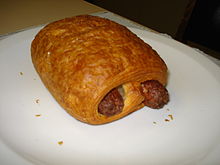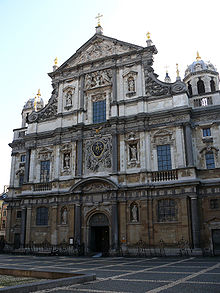Going back in time
Do you fancy a walk through Antwerp as it was in its golden 16th century, or the 17th century town of Rubens, Van Dijck, and Plantin?
 The Time Machine Project, a cooperation of 70 organizations from 20 European countries is trying to get the necessary funds from the European authorities to complete the project. One of the organizations is the Antwerp University.
The Time Machine Project, a cooperation of 70 organizations from 20 European countries is trying to get the necessary funds from the European authorities to complete the project. One of the organizations is the Antwerp University.
The aim of the project is to bring together all historical data stored in universities, libraries and archives over Europe and store them digitally. In a later stage individuals will be able to add their own data. All these data together will drive a kind of time travel machine that allows one to walk through time using VR Glasses or Google glasses or the like.
Of course the Time Machine Project is a very ambitious one, but fortunately there are similar projects it can build upon. One of these is Gistorical Antwerp.
‘Gistorical Antwerp’ looks like the Time Machine Project, but on a much smaller scale,’ says Tim Soens, researcher at the Antwerp University. This project has been running for four years and aims to rebuild the inner city up to 500 years ago. The project is expected to finish in 2020, and by then a 2D map of the town should be available online. When you consult the map you will be able to see what a particular street looked like, what types of goods were sold there, who lived in which house, …
The first results of the Time Machine Project are expected by 2021, that is if Frédéric Kaplan, a Swiss researcher who launched the project succeeds in convincing the authorities to grant him the necessary subsidies which will run in the millions of euros of course.
Source: GVA
 Sunday March 12, Antwerp will be a busy place, visited by thousands of runners, since the 5th edition of the Urban Trail will be run. 10,000 participants will run the 10 km long circuit that takes them through the city and its buildings. Last year the athletes ran through the City Hall that celebrated its 450th birthday. This year the athletes will be able to run through the new Harbour House, a project worked out by the recently deceased architect Zaha Hadid, a construction that seems to form a kind of missing link between a ship and a diamond, two important symbols for Antwerp’s wealth.
Sunday March 12, Antwerp will be a busy place, visited by thousands of runners, since the 5th edition of the Urban Trail will be run. 10,000 participants will run the 10 km long circuit that takes them through the city and its buildings. Last year the athletes ran through the City Hall that celebrated its 450th birthday. This year the athletes will be able to run through the new Harbour House, a project worked out by the recently deceased architect Zaha Hadid, a construction that seems to form a kind of missing link between a ship and a diamond, two important symbols for Antwerp’s wealth.
 A very lively neighbourhood with a lot of bars and restaurants can be found at Dageraadplaats, which is the heart of Zurenborg. It may be little known by tourists, but is frequented by locals. This is an area where people of different origins live together, and it shows in the types of restaurants you can find at and around this little square.
A very lively neighbourhood with a lot of bars and restaurants can be found at Dageraadplaats, which is the heart of Zurenborg. It may be little known by tourists, but is frequented by locals. This is an area where people of different origins live together, and it shows in the types of restaurants you can find at and around this little square.




